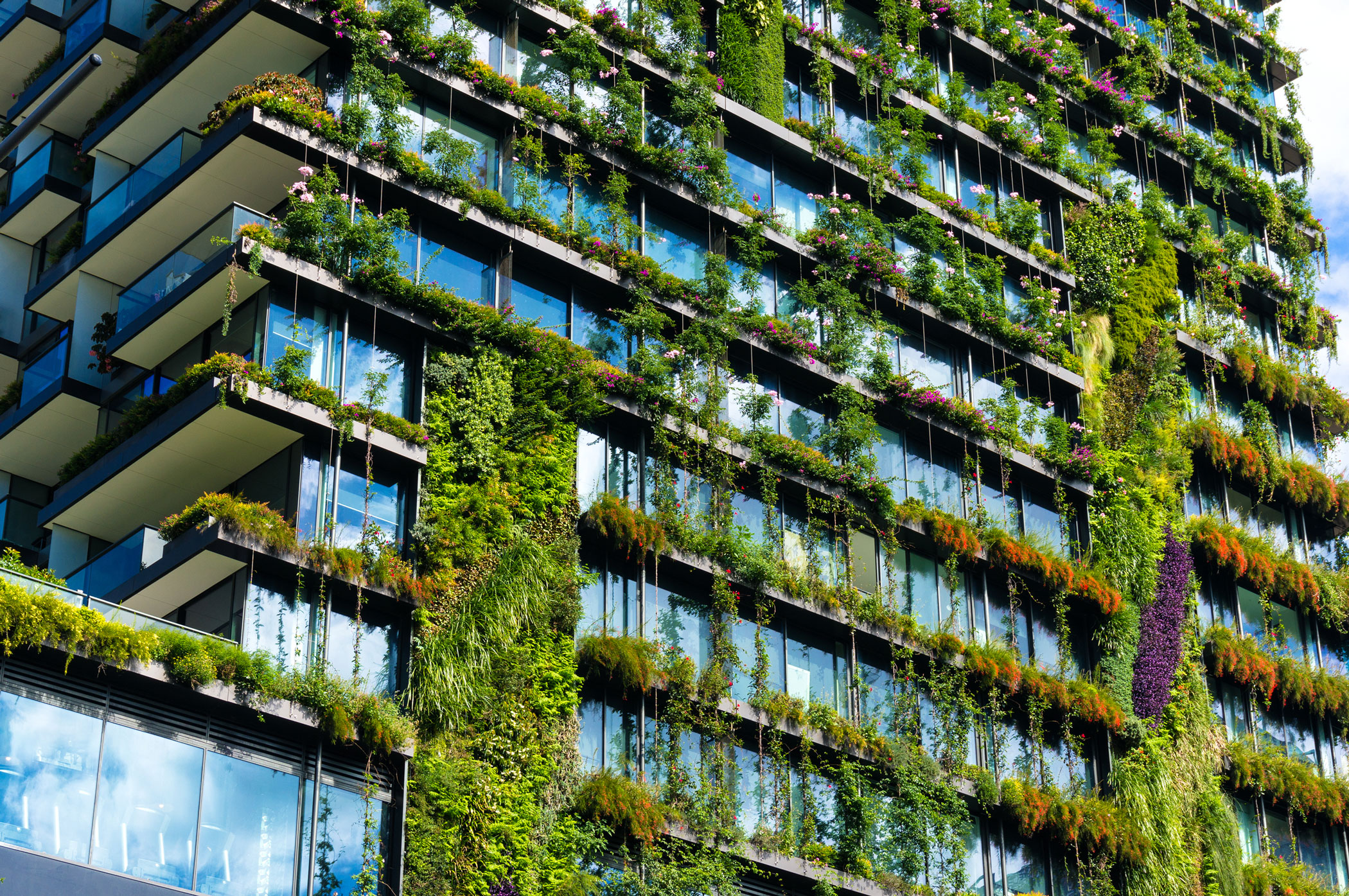
Green building, also known as sustainable or eco-friendly building, focuses on designing and constructing structures that minimize their impact on the environment and promote energy efficiency, resource conservation, and occupant well-being.
Here are some common green building terms and concepts:
- LEED (Leadership in Energy and Environmental Design): LEED is a widely recognized green building certification program that assesses a building’s sustainability performance. Buildings can earn different levels of certification, such as LEED Platinum, Gold, or Silver, based on their green features.
- Energy Efficiency: This concept involves designing and constructing buildings to use less energy, often through the use of efficient HVAC systems, insulation, and energy-efficient appliances and lighting.
- Passive Solar Design: Passive solar design utilizes the sun’s energy to heat and cool a building naturally, reducing the need for artificial heating and cooling systems.
- Renewable Energy: The use of clean, renewable energy sources like solar panels, wind turbines, or geothermal systems to power a building.
- Green Roof: A green roof is covered with vegetation, which helps reduce heat absorption and provides insulation, reducing energy consumption and managing stormwater runoff.
- Rainwater Harvesting: Collecting and storing rainwater for later use, which can reduce the demand for municipal water supplies and mitigate stormwater runoff.
- Low-VOC Materials: Volatile Organic Compounds (VOCs) are harmful chemicals found in many building materials. Low-VOC materials release fewer harmful chemicals into the air, promoting better indoor air quality.
- Recycled Materials: Using materials made from recycled content to reduce the demand for new raw materials and minimize waste.
- Sustainable Site Planning: Careful planning to minimize the environmental impact of a building’s location, including preserving green spaces, minimizing disturbance to ecosystems, and promoting walkability.
- Water Efficiency: Implementing water-saving fixtures, appliances, and landscaping techniques to reduce water consumption.
- Daylighting: Designing buildings to maximize natural light, reducing the need for artificial lighting during the day.
- Heat Recovery Ventilation (HRV): A system that captures and recycles heat from outgoing air to preheat incoming fresh air, improving energy efficiency and indoor air quality.
- Triple Glazing: Using three layers of glass in windows for improved insulation and energy efficiency.
- Net Zero Energy: A building that produces as much energy as it consumes over a year, typically through a combination of energy-efficient design and renewable energy generation.
- Life Cycle Assessment (LCA): An analysis that assesses the environmental impact of a building over its entire life cycle, including construction, operation, and demolition.
- Indoor Air Quality (IAQ): Strategies and materials that promote healthy indoor air, including proper ventilation, filtration, and the use of low-VOC products.
- Green Certification Programs: Besides LEED, there are other green building certification programs, such as BREEAM (Building Research Establishment Environmental Assessment Method) and Green Globes, each with its own set of criteria for assessing sustainability.
These terms and concepts are crucial in the field of green building to create environmentally friendly and sustainable structures that benefit both the environment and the occupants.
